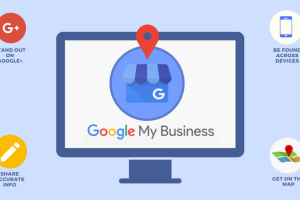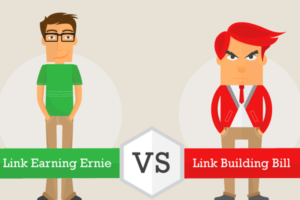Content Attributes
Optimizing a web page for SEO, whether it is an article or an in-depth page relating to a service or product on sale, is very important. The links, of course, are necessary for very competitive sectors or for positioning complex or very generic keys, but on-page optimization is the first fundamental step to succeed in the company.
What does it mean to optimize a web page in SEO perspective? To position a page, it is crucial to carefully study the reference keywords, i.e. the keywords that users potentially interested in the product or service in question could type on the search engine.
How to optimize web pages for SEO?
The first step, therefore, involves an accurate analysis of the keys. However, you should not make the mistake of focusing on a single keyword, but it is very useful to identify synonyms and related keys that can be used appropriately within the page, so as to avoid keyword stuffing, or the presence of the same repeated key many times in the textual content.
Once the keywords to be used have been identified, their volume of research and competitiveness can be verified in order to draw up a ranking based on their search frequency and level of competition. Ideally, the most sought after keys should be placed at strategic points, such as the URL and the meta title. Keys of secondary importance could instead be located within the text, so as to introduce variations.
META TITLE SEO
SEO is one of the most important parameters of on-site optimization. It is always present on every page, and it is useful to optimize it by using the main keyword with which we intend to position the content. It cannot be longer than 60-65 characters and it is good to avoid truncation.
It is good to know that the SEO title may be different from the title actually present on the page and that it can also be highlighted with the H1 tag.
META DESCRIPTION
The SEO description, visible in the snippet of the search page, is not important for SEO purposes but it can certainly be useful to increase the CTR of the page or the click rate on the search result at the expense of the other competitors. Entering a description of the page that is consistent and that respects the user’s expectations are an excellent strategy to be successful.
RICH SNIPPET
Again with a view to increasing the CTR, it is possible to focus on rich snippets, or on snippets enriched with useful information. A product for sale on an e-commerce site, for example, could show the price, the availability of the object, the reviews of other users, while a recipe could show the photo of the dish, the preparation time and the reviews.
URL
The URL must also be optimized, based on the keywords previously identified. However, it is important not to overdo it: the address of the page, in fact, must not be excessively long.
PARAGRAPHS AND HEADING
To increase readability, it is advisable to divide the text into paragraphs and use the headings in order of importance, starting from H1, which can be used for the title, then continuing with H2, which can be used for paragraph subtitles and so on.
IMAGE OPTIMIZATION
The images can be optimized for SEO by paying attention to the name of the file, which must be consistent, and to the alternative text (Alt Text).



